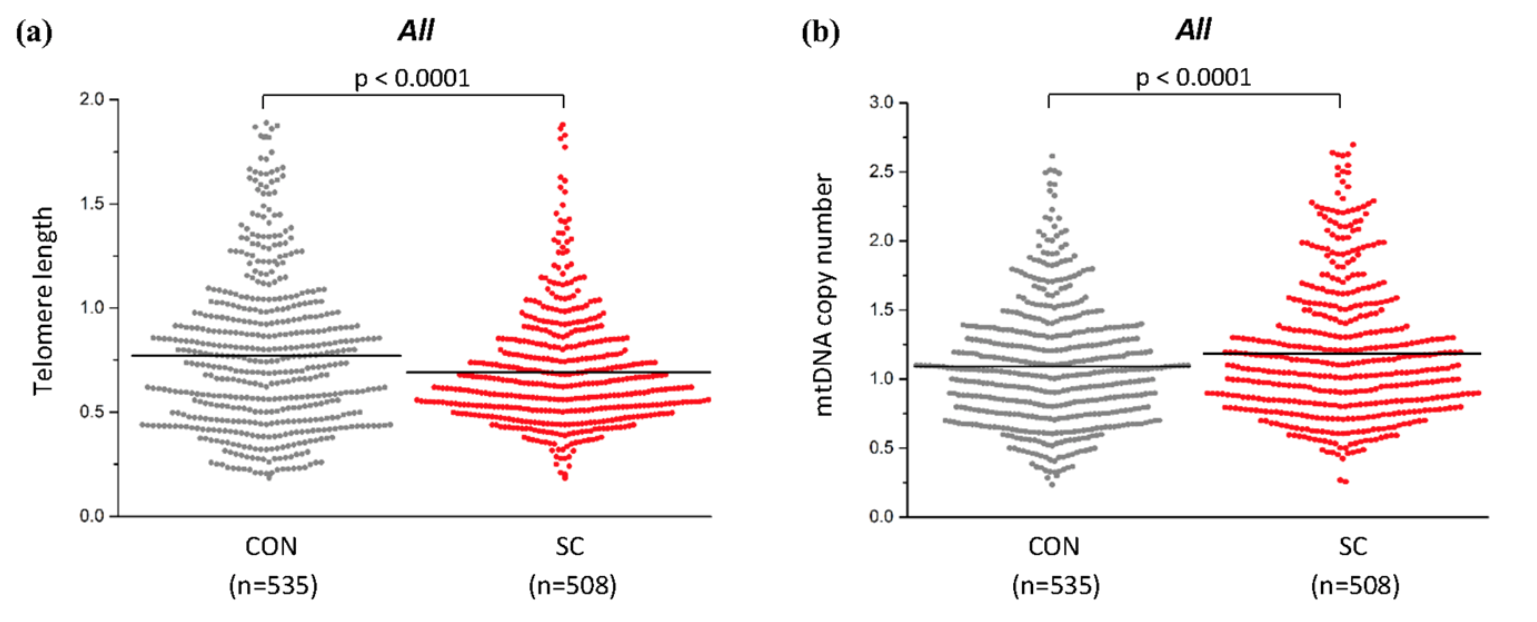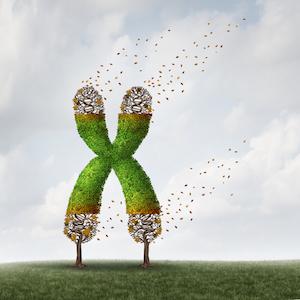Views toward suicide have changed in recent decades. Once largely perceived as a selfish act and a "permanent solution to a temporary problem," society has become more compassionate toward those who suffer in silence. This is an enormously positive development, and it is likely an outgrowth of our greater understanding of mental illness.
The causes of suicide are complex, but they seem to involve some combination of nature (genetics) and nurture (culture and environment). According to the CDC, the suicide rate in the U.S. in 2015 grew to 15.7 per 100,000, sparking fears of a "suicide epidemic." Though this development is certainly alarming, a few other nations have even higher rates. For instance, the Japan Times reports that the suicide rates per 100,000 are higher in Lithuania (30.8), South Korea (28.5), Russia (21.8), and Japan (19.5)*.
Now, a new study by Japanese scientists sought to elucidate the pathological features of suicide at the cellular level. Specifically, the team was interested in determining how the chromosomes and mitochondria of people who commit suicide differ from healthy, living people who do not commit suicide.
Suicide and Genetic Abnormality
Telomeres, special DNA sequences which can be thought of as protective "caps" on the ends of DNA, help protect chromosomes. Telomeres grow shorter as we age, but they are also abnormally short in people with certain physical ailments or mental illnesses or who are experiencing severe stress. If telomeres become too short, chromosomes become unstable and cells die.
Similarly, alterations in mitochondria have been linked to both aging and various illnesses. Mitochondria, the energy powerhouses of our cells, contain tiny amounts of circular DNA. The number of copies of this DNA can be used as a marker of mitochondrial health, and research suggests a potential link between mitochondrial DNA copy number (mtDNAcn) and shorter telomere length.
In their study, the researchers collected blood samples from 508 people who died by suicide and 535 healthy, living controls. Further, they obtained brains from 20 suicides and 25 controls. Using a molecular technique known as quantitative polymerase chain reaction (qPCR), they measured telomere length and mtDNAcn.
The figure (part A) below depicts the results for telomere length. As shown, people who commit suicide had significantly shorter telomeres than healthy controls. When the data was stratified by age and sex, the same pattern existed in all young people (i.e., those aged 34 and younger) and middle-aged women (i.e., aged 35-59). There was no difference in telomere length for elderly people (i.e., those aged 60+), perhaps because telomeres naturally shorten as we age.

Conversely, mtDNAcn was significantly higher in those who committed suicide. (See figure, part B). When stratified by age and sex, the pattern held true for elderly people but not for young or middle-aged people. This could be due to the fact that younger people have higher levels of mtDNAcn.
Adding another layer of complexity, when the authors examined brain samples, they found that both telomere length and mtDNAcn were lower among people who committed suicide.
Though the results are slightly contradictory, what is clear is that people who commit suicide experience detectable changes in the biology of their body cells. While these changes are not likely to be responsible for them committing suicide, they instead could serve as a biomarker for risk of suicide. Like other diseases, mental illness appears to be a visible manifestation of molecular abnormalities.
*Note: According to the same source, the U.S. suicide rate was only 13.4 per 100,000. The discrepancy is likely due to the data being reported for different years and collected from different sources.
Source: Ikuo Otsuka, et al. "Aberrant telomere length and mitochondrial DNA copy number in suicide completers." Scientific Reports 7, Article number: 3176. Published: 9-June-2017. doi:10.1038/s41598-017-03599-8




